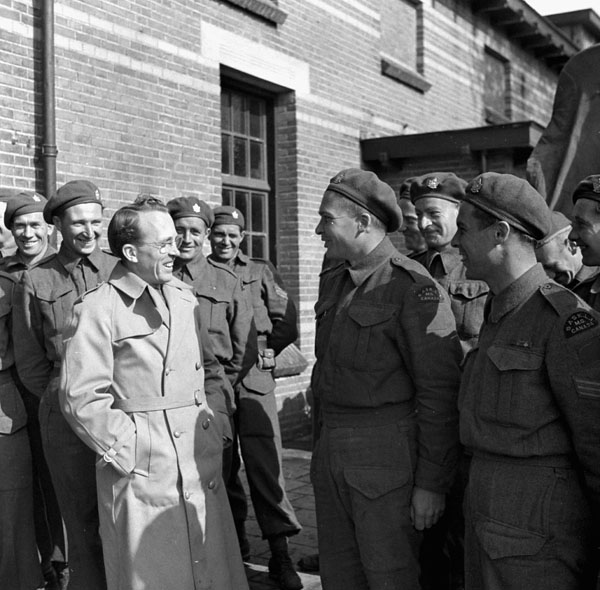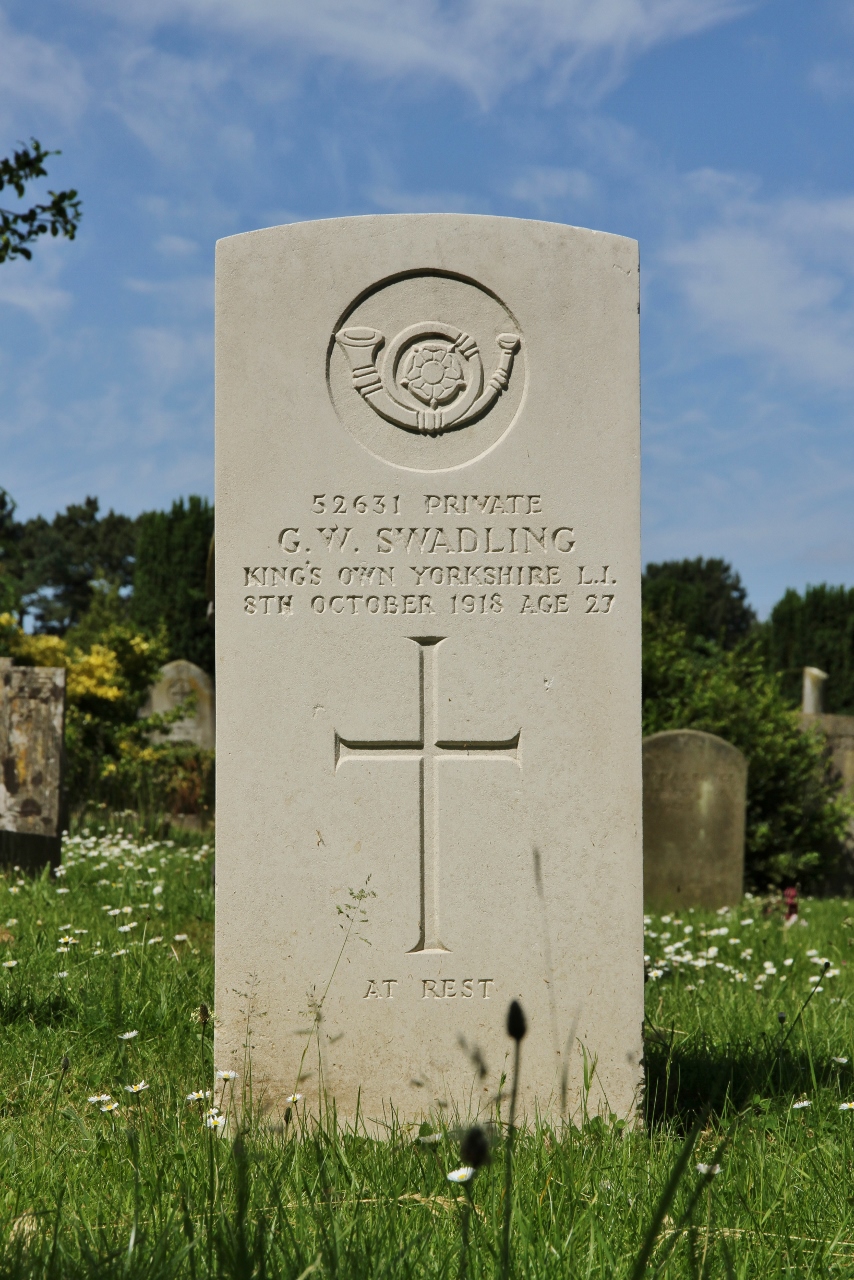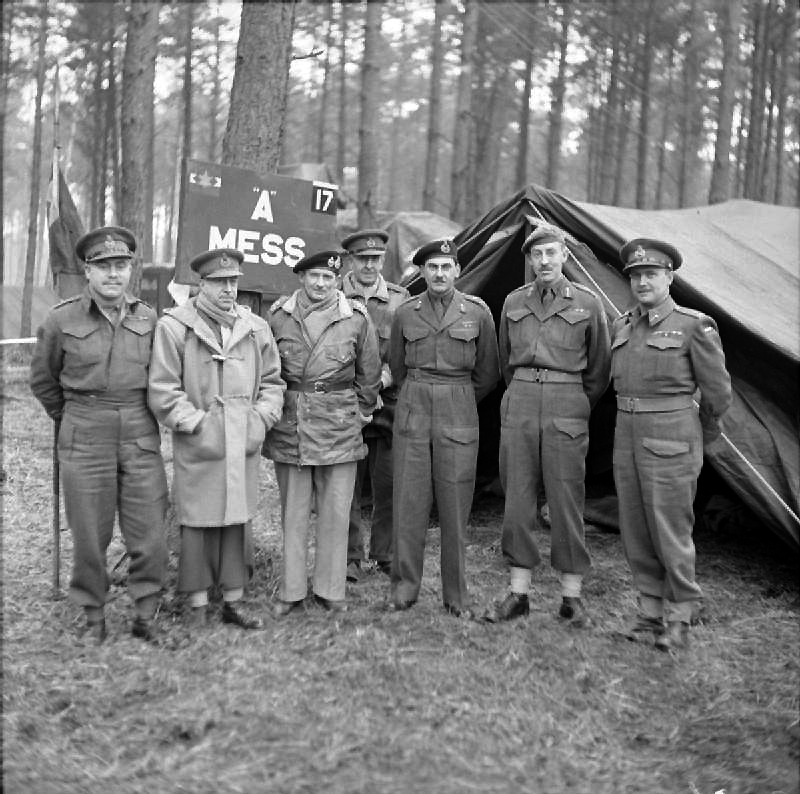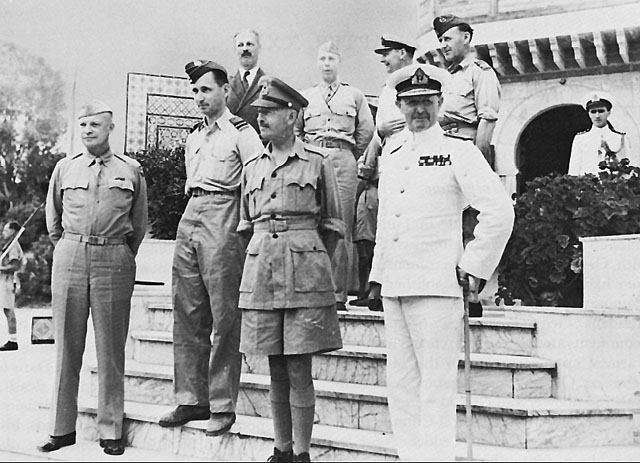|
Saskatoon Light Infantry
The Saskatoon Light Infantry was an infantry regiment of the Non-Permanent Active Militia of the Canadian Militia (now the Canadian Army). The regiment was formed in 1924, when The North Saskatchewan Regiment (1920–1924) was reorganized into four separate regiments. In 1955, the regiment was amalgamated with The Prince Albert and Battleford Volunteers to form The North Saskatchewan Regiment. Lineage * Originated on 1 April 1912, in Saskatoon, Saskatchewan, as the ''105th Regiment''. * Redesignated on 16 September 1912, as the ''105th Regiment Fusiliers''. * Redesignated on 15 April 1914, as the ''105th Regiment (Saskatoon Fusiliers)''. * Amalgamated on 15 March 1920, with the 52nd Regiment Prince Albert Volunteers and redesignated as ''The North Saskatchewan Regiment''. * Reorganized on 15 May 1924, as four separate regiments: ''The Yorkton Regiment'' (now the 64th Field Battery, RCA, 64th Field Battery, 10th Field Artillery Regiment, RCA), ''The Battleford Light Infantry'', ' ... [...More Info...] [...Related Items...] OR: [Wikipedia] [Google] [Baidu] |
Canadian Militia
The Canadian Militia is a historical title for military units raised for the defence of Canada. The term has been used to describe sedentary militia units raised from local communities in Canada; as well as the regular army for the Province of Canada and post-Canadian Confederation, confederated Canada, referred to as the active militias. The earliest militia units in Canada dates back to 16th century in New France. In the French colony, a compulsory militia of settlers from every parish was raised in order to support the military of New France in the defence and expansion of the colony. Sedentary militia units were also raised by the British, to defend its colonies and to support British military operations on the continent. The sedentary militia eventually fell into disuse in the late-19th century, although vestiges of the sedentary militia system continued into the early-20th century. The Canadian Militia also referred to the regular army established by the Province of Canada ... [...More Info...] [...Related Items...] OR: [Wikipedia] [Google] [Baidu] |
65th Battalion (Saskatchewan), CEF
The 65th Battalion (Saskatchewan), CEF was an infantry battalion of the Canadian Expeditionary Force during the Great War. The 65th Battalion was authorized on 20 April 1915 and embarked for Great Britain on 18 June 1916. Its personnel were absorbed by the 44th Battalion (Manitoba), CEF, 46th Battalion (South Saskatchewan), CEF, 54th Battalion (Kootenay), CEF and 72nd Battalion (Seaforth Highlanders of Canada), CEF of the 4th Canadian Division on 30 June 1916. The battalion was disbanded on 12 October 1917.Canadian Forces Publication A-DH-267-003 Insignia and Lineages of the Canadian Forces. Volume 3: Combat Arms Regiments.Meek, John F. ''Over the Top! The Canadian Infantry in the First World War.'' Orangeville, Ont.: The Author, 1971. The 65th Battalion recruited in Saskatoon and Prince Albert, Saskatchewan and Winnipeg, Manitoba and was mobilized at Saskatoon. The 65th Battalion was commanded by Lt.-Col. N. Lang from 20 July 1916 to 25 September 1916. The 65th Battalion was a ... [...More Info...] [...Related Items...] OR: [Wikipedia] [Google] [Baidu] |
The King's Own Yorkshire Light Infantry
The King's Own Yorkshire Light Infantry (KOYLI) was a light infantry regiment of the British Army. It officially existed from 1881 to 1968, but its predecessors go back to 1755. In 1968, the regiment was amalgamated with the Somerset and Cornwall Light Infantry, the King's Shropshire Light Infantry and the Durham Light Infantry to form The Light Infantry, which in turn was merged with the Devonshire and Dorset Regiment, the Royal Gloucestershire, Berkshire and Wiltshire Regiment and the Royal Green Jackets to become The Rifles in 2007. History The 51st Foot The 53rd Regiment of Foot was raised in Leeds in 1755 and renumbered the 51st in January 1757. In 1782, in common with other regiments of the line, the 51st was given a "county" designation, becoming the 51st (2nd Yorkshire, West Riding) Regiment of Foot. The title of ''Light Infantry'' was given in honour of its former commander General Sir John Moore in 1809, and in 1821 the regiment was given royal status when ''King's Own' ... [...More Info...] [...Related Items...] OR: [Wikipedia] [Google] [Baidu] |
Melfort, Saskatchewan
Melfort ( 2016 population 5,992) is a city in Saskatchewan, Canada, located approximately southeast of Prince Albert, northeast of Saskatoon and north of Regina. Melfort became Saskatchewan's 12th city in 1980. Melfort was formerly called the "City of Northern Lights" due to the frequency with which the aurora borealis appears. However, in 2016, Melfort became "Play Melfort" due to its vast recreation programs and facilities. The city is bordered by the Rural Municipality of Star City No. 428 and the Rural Municipality of Flett's Springs No. 429. It is also the administrative headquarters of the Peter Chapman First Nation band government. History A few kilometres southeast of current location of Melfort settlers established themselves on the banks of Stoney Creek before relocation due to the surveying of the Canadian Northern Railway. Melfort was named to honour Mrs. Reginald Beatty (née Mary Campbell, 1856–1916), wife of one of the early settlers (1884). She was ... [...More Info...] [...Related Items...] OR: [Wikipedia] [Google] [Baidu] |
Saskatoon
Saskatoon () is the largest city in the Provinces and territories of Canada, Canadian province of Saskatchewan. It straddles a bend in the South Saskatchewan River in the central region of the province. It is located along the Trans-Canada Highway, Trans-Canada Yellowhead Highway, and has served as the cultural and economic hub of central Saskatchewan since its founding in 1882 as a Temperance movement, Temperance colony. With a Canada 2021 Census, 2021 census population of 266,141, Saskatoon is the List of cities in Saskatchewan, largest city in the province, and the List of census metropolitan areas and agglomerations in Canada, 17th largest Census Metropolitan Area in Canada, with a 2021 census population of 317,480. Saskatoon is home to the University of Saskatchewan, the Meewasin Valley Authority—which protects the South Saskatchewan River and provides for the city's popular riverbank park spaces—and Wanuskewin Heritage Park, a National Historic Site of Canada and UNE ... [...More Info...] [...Related Items...] OR: [Wikipedia] [Google] [Baidu] |
First Canadian Army
The First Canadian Army () was a field army and a formation of the Canadian Army in World War II in which most Canadian elements serving in North-West Europe were assigned. It served on the Western Front from July 1944 until May 1945. It was Canada's first and, so far, only field army. The army was formed in early 1942, replacing the existing unnumbered Canadian Corps, as the growing contribution of Canadian forces to serve with the British Army in the United Kingdom necessitated an expansion to two corps. By the end of 1943 Canadian formations consisted of three infantry divisions, two armoured divisions and two independent armoured brigades. The first commander was Lieutenant-General A. G. L. "Andy" McNaughton, who was replaced in 1944 by General H. D. G. "Harry" Crerar. Both had been senior Royal Regiment of Canadian Artillery officers in the Canadian Corps in World War I. Allied formations of other nationalities were added to the First Canadian Army to keep it at full st ... [...More Info...] [...Related Items...] OR: [Wikipedia] [Google] [Baidu] |
I Canadian Corps
I Canadian Corps was one of the two corps fielded by the Canadian Army during the Second World War. History From December 24, 1940, until the formation of the First Canadian Army in April 1942, there was a single unnumbered Canadian Corps. I Canadian Corps became operational in Italy in November 1943 when the 5th Canadian (Armoured) Division joined the 1st Canadian Infantry Division, which had been assigned to the British Eighth Army immediately prior to the Allied invasion of Sicily in July 1943. I Canadian Corps was commanded successively by Lieutenant-General Harry Crerar (April 6, 1942, to March 19, 1944), Lieutenant-General Eedson Burns (March 20 to November 5, 1944), and Lieutenant-General Charles Foulkes (November 10, 1944, to July 17, 1945). However, the 1st Canadian Infantry Division took part in the Italian Campaign, participating in the Moro River Campaign and the Battle of Ortona in December 1943 as part of British V Corps and it was not until the fourth Batt ... [...More Info...] [...Related Items...] OR: [Wikipedia] [Google] [Baidu] |
V Corps (United Kingdom)
V Corps was an army corps of the British Army that saw service in both the First and the Second World Wars. It was first organised in February 1915 and fought through the First World War on the Western front. It was recreated in June 1940, during the Second World War and was substantially reorganised in 1942 for participation in Operation Torch. It fought through the Tunisia Campaign and later the Italian Campaign. Prior to the First World War In 1876, a Mobilisation Scheme for the forces in Great Britain and Ireland, including eight army corps of the 'Active Army', was published. The '5th Corps' was headquartered at Salisbury comprising the units of Southern Command. In 1880, its order of battle was as follows: * 1st Division (Salisbury) ** 1st Brigade (Salisbury) *** 1st Bn. 8th Foot (Warley), 2nd Bn. 25th Foot (Plymouth) ** 2nd Brigade (Salisbury) *** Queen's Own Tower Hamlets Militia (London), King's Own Tower Hamlets Militia (Dalston), Wexford Militia (Wexford) ** Divi ... [...More Info...] [...Related Items...] OR: [Wikipedia] [Google] [Baidu] |
British Army
The British Army is the principal Army, land warfare force of the United Kingdom. the British Army comprises 73,847 regular full-time personnel, 4,127 Brigade of Gurkhas, Gurkhas, 25,742 Army Reserve (United Kingdom), volunteer reserve personnel and 4,697 "other personnel", for a total of 108,413. The British Army traces back to 1707 and the Acts of Union 1707, formation of the united Kingdom of Great Britain which joined the Kingdoms of Kingdom of England, England and Kingdom of Scotland, Scotland into a Political union, single state and, with that, united the English Army and the Scots Army as the British Army. The Parliament of England, English Bill of Rights 1689 and Convention of the Estates, Scottish Claim of Right Act 1689 require parliamentary consent for the Crown to maintain a peacetime standing army. Members of the British Army swear allegiance to the Charles III, monarch as their commander-in-chief. The army is administered by the Ministry of Defence (United Kingd ... [...More Info...] [...Related Items...] OR: [Wikipedia] [Google] [Baidu] |
Operation Husky
Operation or Operations may refer to: Arts, entertainment and media * ''Operation'' (game), a battery-operated board game that challenges dexterity * Operation (music), a term used in musical set theory * ''Operations'' (magazine), Multi-Man Publishing's house organ for articles and discussion about its wargaming products * ''The Operation'' (film), a 1973 British television film * ''The Operation'' (1990), a crime, drama, TV movie starring Joe Penny, Lisa Hartman, and Jason Beghe * The Operation M.D., formerly The Operation, a Canadian garage rock band * "Operation", a song by Relient K from '' The Creepy EP'', 2001 Television Episodes * "The Operation", ''Sky Dancers'' episode 27 (1996) * "The Operation", ''The Golden Girls'' season 1, episode 18 (1986) * "The Operation", ''You're Only Young Twice'' (1997) series 2, episode 8 (1978) Shows * ''The Operation'' (1992–1998), a reality television series from TLC Business * Manufacturing operations, operation of a ... [...More Info...] [...Related Items...] OR: [Wikipedia] [Google] [Baidu] |
Allied Invasion Of Sicily
The Allied invasion of Sicily, also known as the Battle of Sicily and Operation Husky, was a major campaign of World War II in which the Allies of World War II, Allied forces invaded the island of Sicily in July 1943 and took it from the Axis powers, Axis forces (Kingdom of Italy and Nazi Germany). It began with a large Amphibious warfare, amphibious and airborne forces, airborne Military operation, operation, followed by a six-week land campaign, and initiated the Italian campaign (World War II), Italian campaign. To divert some of the Axis forces to other areas, the Allies engaged in several deception operations, the most famous and successful of which was Operation Mincemeat. Husky began on the night of 9–10 July 1943 and ended on 17 August. Strategically, Husky achieved the goals set out for it by Allied planners: the Allies drove Axis air, land and naval forces from the island, and the Mediterranean Sea, Mediterranean sea lanes were opened for Allied merchant ships for th ... [...More Info...] [...Related Items...] OR: [Wikipedia] [Google] [Baidu] |







